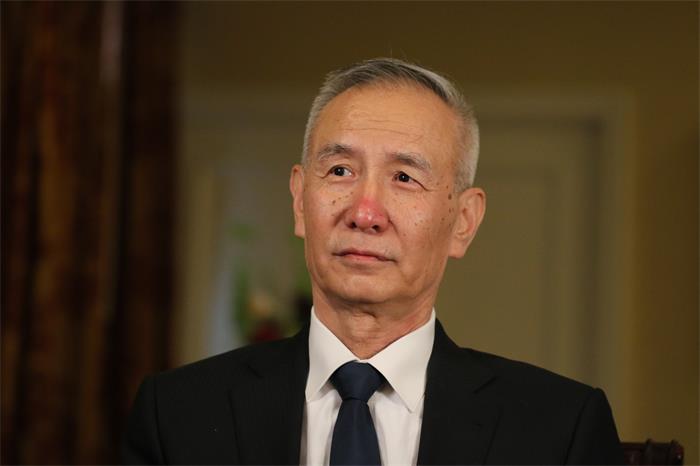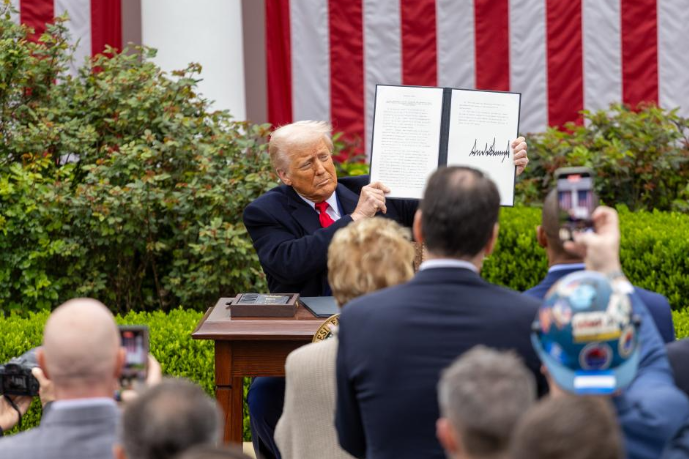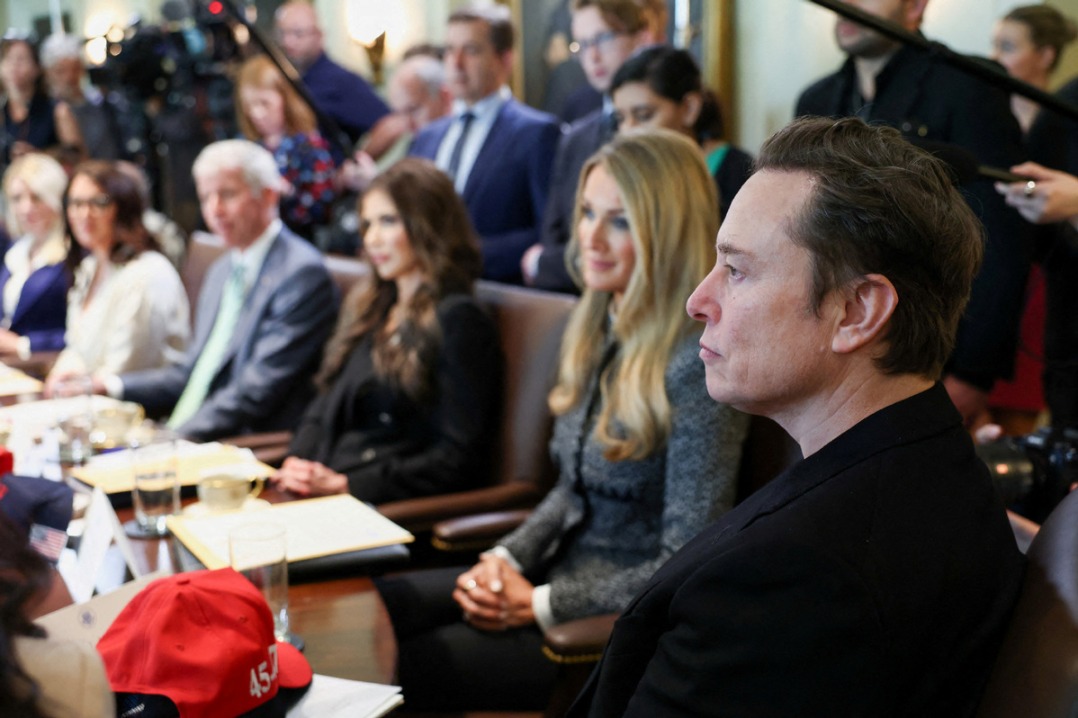Constructive bilateral trade talk better than unilateral action


The joint statement issued on Saturday by China and the United States after two days of economic and trade consultations in Washington shows that negotiation, rather than unilateral trade action, is the right way forward to address thorny bilateral issues.
It also demonstrates the vast potential of the world’s two largest economies, which are largely complementary in nature, to expand win-win cooperation instead of resorting to tit-for-tat trade retaliation as we have seen in the past months.
Such cooperation will not only benefit peoples of both but also those in the Asia-Pacific region and the world who are so interconnected in a globalized economy.
The Chinese delegation led by Chinese Vice-Premier Liu He held “positive, constructive and fruitful” talks with the US team headed by Treasury Secretary Steven Mnuchin, following their talk in Beijing early this month.
According to the Saturday joint statement, the two sides reached a consensus to take effective measures to substantially reduce the US trade deficit in goods with China, including for the US to export more agricultural and energy products to China.
China has been making greater efforts to increase its imports to meet the growing needs of the Chinese people and for high-quality economic growth. The inaugural 2018 China International Import Expo to be unveiled in Shanghai in November is a major move in that regard.
The two sides also have conducted constructive talks on further expanding trade in manufactured goods and services, better protecting intellectual property rights and encouraging two-way investment.
While China’s import of US goods, such as agricultural products and energy, will both help meet the needs of the Chinese people and bring down the US trade deficit, the US side could do a lot more if it indeed intends to cut its overall trade deficit.
Almost all economists believe that the US trade deficit is a result of US fiscal policy, the low personal savings rate of Americans and the role of the US dollar as a global reserve currency.
The US trade deficit with China is far more complicated than numbers have suggested. Because China has become the final assembly line of global supply chains, the trade deficit is often grossly exaggerated.
For example, China adds only about $10 in value in the assembly of an Apple iPhone, for which valuable components and technology are supplied by US, Japanese, South Korea and German companies. An iPhone, however, is counted as several hundred dollars of Chinese export to the US.
In that sense, holding China responsible for the bilateral trade deficit does not make sense.
Besides, the draconian US export control of technology goods to China has greatly hindered and distorted bilateral trade, hurting not only China but US companies, which have an edge and have long coveted the vast Chinese market.
The US plan to tighten the scrutiny of Chinese foreign direct investment in the US, such as the Foreign Investment Risk Review Modernization Act (FIRRMA) being introduced in the House and Senate, also will hurt the US economy by denying American workers and communities major economic-development and job-creation opportunities.
Chinese FDI, which took off just a few years ago, is warmly welcomed and actively sought by US mayors and governors.
It is only natural that as the Chinese and US economies become ever more interdependent, there also could be more problems. After all, one is the largest developed economy in the world, and the other is the largest developing country in the world.
As the joint statement noted, the two sides agreed to continue to engage at high levels on their economic and trade issues and to seek to resolve them in a proactive manner.
The constructive talk this week has helped ease concerns at least for now about a trade war, in which there would be no winners. Those concerns, triggered by unilateral US tariff measures, have in the past months rattled the financial markets and injected uncertainty into the business community and global economy.
It is worth emphasizing that dialogue and negotiation based on the principle of mutual respect and equality should become the norm for the two countries to properly handle their differences and disputes, not just in economic and trade fields, but across the broad consequential bilateral relationship.
Contact the writer at [email protected]

































